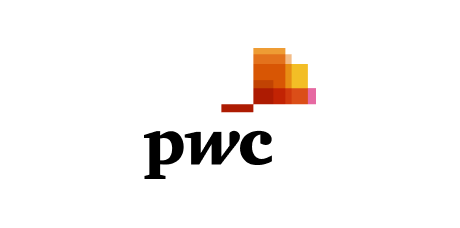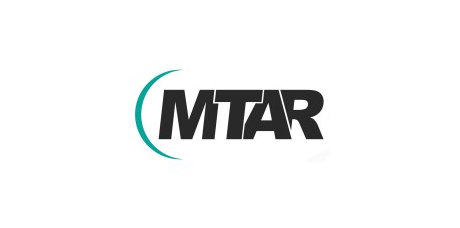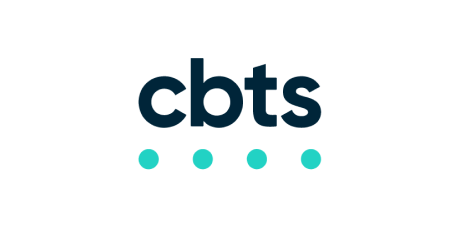What is SDLC?
SDLC stands for Software Development Life Cycle, which is a framework that provides a structured and systematic approach to software development. It consists of a series of stages or phases, each with its specific goals, objectives, and deliverables. The primary goal of SDLC is to ensure that the final software product meets the client’s requirements, is of high quality, and is delivered on time and within budget.
Importance of SDLC
The SDLC is essential in software development as it provides a standardized approach to the software development process. It ensures that software is delivered on time, within budget, and to the client’s satisfaction. By following the SDLC, software development teams can build software that is scalable, maintainable, and meets the needs of their clients. The SDLC is also useful in identifying and mitigating project risks and ensuring that the software is of high quality.
7 Stages of Software Development Life Cycle [SDLC]:
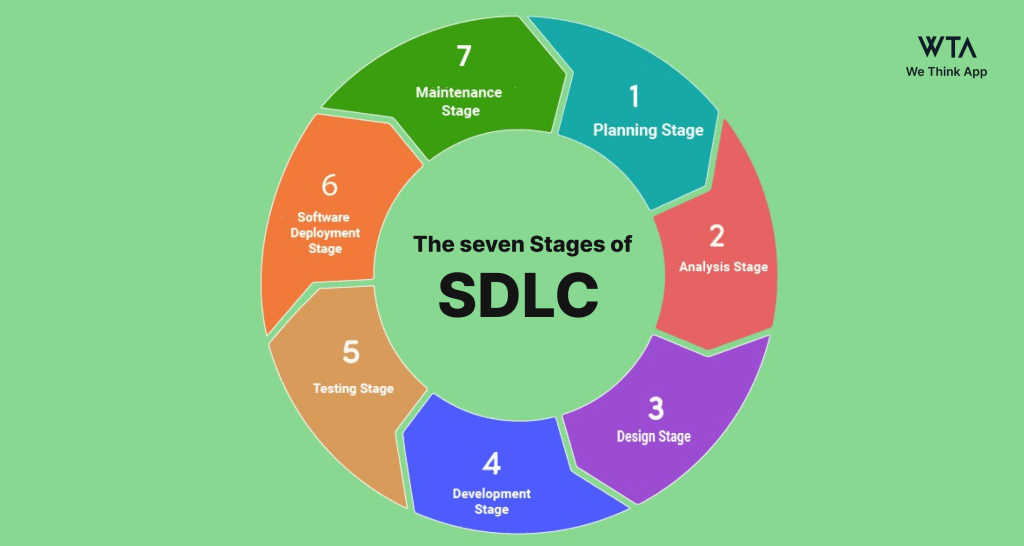
SDLC consists of a series of stages or phases, each with its specific goals, objectives, and deliverables. The primary goal of SDLC is to ensure that the final software product meets the client’s requirements, is of high quality, and is delivered on time and within budget. In this blog post, we will delve into the different stages of SDLC, their purpose, and their importance in the software development process.
We Think App is a Software & Mobile app development company that follows the Software Development Life Cycle (SDLC) to ensure the successful delivery of high-quality mobile apps. We Think App follows the best practices of SDLC to ensure that each stage of the development process is carefully planned, executed, and monitored.
The following are some of the Best SDLC stages to follow:
- Planning Stage
The planning stage is the initial phase of the SDLC. It involves defining the project scope, goals, and objectives. During this stage, project managers work with clients to determine the software’s requirements and feasibility. They also identify project risks and create a project plan that outlines the project’s schedule, budget, and resources. The planning stage is critical as it sets the foundation for the rest of the SDLC.
- Analysis Stage
The analysis stage involves gathering and analyzing requirements. During this stage, the software development team works with stakeholders to identify user needs, system requirements, and functional specifications. They also conduct a feasibility study to determine the software’s technical, operational, and economic feasibility. The analysis stage is crucial as it ensures that the software meets the client’s needs and aligns with the organization’s goals.
- Design Stage
The design stage involves creating a detailed blueprint of the software. During this stage, the software development team designs the software architecture, modules, interfaces, and data structures. They also create wireframes and mockups to illustrate how the software will look and function. The design stage is critical as it provides a roadmap for developers to build the software and ensures that the software is scalable, maintainable, and meets the client’s requirements.
- Development Stage
The development stage involves coding the software based on the design specifications created in the previous stage. During this stage, developers use programming languages, development tools, and software frameworks to build the software. They also conduct unit testing to ensure that each module or component functions correctly. The development stage is critical as it brings the software to life and ensures that it is of high quality.
- Testing Stage
The testing stage involves testing the software to ensure that it meets the client’s requirements, is free of bugs and errors and is of high quality. During this stage, software testers use various testing techniques such as functional testing, performance testing, and security testing to identify and resolve defects. The testing stage is critical as it ensures that the software functions correctly, is user-friendly, and provides a satisfactory user experience.
- Deployment Stage
The deployment stage involves deploying the software to the production environment. During this stage, the software development team installs the software on the production servers and configures it to run in the live environment. They also conduct acceptance testing to ensure that the software works correctly in the production environment. The deployment stage is critical as it ensures that the software is ready to be used by end-users.
- Maintenance Stage
The maintenance stage involves maintaining the software after it has been deployed. During this stage, the software development team fixes bugs and errors, updates the software to meet changing requirements, and provides technical support to end-users. They also conduct periodic maintenance to ensure that the software remains up-to-date and functional. The maintenance stage is critical as it ensures that the software remains relevant and meets the client’s needs.
Types of Software Development Life Cycle:
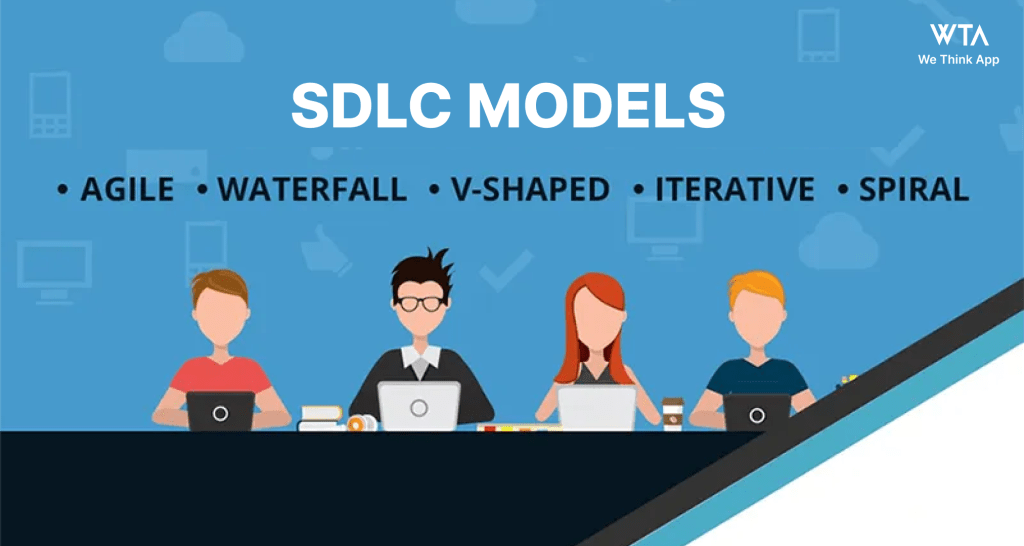
- Waterfall Model: The Waterfall Model is a traditional and linear SDLC model that follows a sequential approach to software development. The development process follows a strict order, with each phase completed before moving onto the next. The phases include requirements gathering, design, implementation, testing, deployment, and maintenance. This model is best suited for projects with well-defined requirements and a fixed scope, and where changes are minimal. The main disadvantage of this model is that it lacks flexibility, and any changes during the development process can be costly and time-consuming.
- Agile Model: The Agile Model is a flexible and iterative SDLC model that emphasizes collaboration, adaptability, and continuous improvement. The development process is divided into smaller iterations or sprints, with each iteration delivering a working software increment. The Agile Model is best suited for projects with changing requirements and a high degree of complexity. The main advantage of this model is that it allows for greater flexibility and the ability to respond to changes quickly. The Agile Model includes popular methodologies like Scrum, Kanban, and Extreme Programming (XP).
- Spiral Model: The Spiral Model is an SDLC model that combines elements of the Waterfall Model and the Agile Model. The development process involves a series of iterations, with each iteration including planning, risk analysis, and prototyping. The Spiral Model is best suited for projects with a high degree of risk and uncertainty, where a detailed risk analysis is required at each iteration. This model is also useful for projects with evolving requirements.
- V-Model: The V-Model is an SDLC model that follows a sequential and structured approach to software development. The development process is divided into phases, with each phase corresponding to a testing phase. The V-Model is best suited for projects with well-defined requirements, where testing is a critical component of the development process. This model includes testing at each stage of the development process, which helps identify defects early in the development cycle.
- Iterative Model: In iterative model each cycle builds on the previous one, creating a more refined product each time. This model is useful for complex projects with changing requirements or a high degree of uncertainty, as it allows for flexibility and adaptability in the development process. However, it also requires a high degree of collaboration and communication between stakeholders.
Role of Security in Software Development Life Cycle [SDLC]
Security plays a crucial role in the Software Development Life Cycle (SDLC) process. It involves ensuring that software is designed, developed, and deployed securely to protect it from potential threats and vulnerabilities.
The following are some of the roles that security plays in the SDLC process:
- Identify Security Risks: The security team is responsible for identifying and assessing the potential security risks associated with the software development project. They analyze the software design, data flow, and access control mechanisms to identify potential vulnerabilities.
- Plan for Security: The security team works with the software development team to create a plan for integrating security into the software development process. They develop security requirements and guidelines to ensure that security is considered in every phase of the SDLC process.
- Implement Security Measures: During the implementation phase, the security team works with the software development team to implement security measures to prevent potential threats and vulnerabilities. This involves incorporating secure coding practices, access control measures, and encryption techniques into the software design.
- Conduct Security Testing: The security team conducts security testing to identify and fix potential vulnerabilities in the software. They use techniques such as penetration testing and vulnerability scanning to identify and fix potential security weaknesses.
- Monitor and Maintain Security: Once the software is deployed, the security team monitors the software for potential security threats and vulnerabilities. They patch the software to fix any new vulnerabilities and update the security measures to prevent future attacks.
Relation of DevSecOps with Software Development Life Cycle [SDLC]
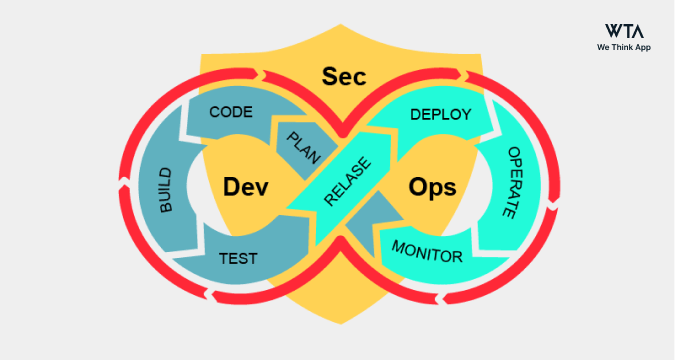
DevSecOps is closely related to the Software Development Life Cycle (SDLC). The SDLC is a process that outlines the various stages involved in developing and delivering software, from planning to deployment and maintenance.
By incorporating security practices into every stage of the SDLC, DevSecOps helps to identify and mitigate security vulnerabilities early on in the development process, reducing the risk of security breaches and ensuring that security is baked into the software from the outset.
Some of the key ways that DevSecOps relates to the SDLC include
- Integration
- Automation
- Collaboration
Overall, DevSecOps represents a shift towards a more collaborative and security-focused approach to software development, which is closely tied to the SDLC.
Spotify Scaling Agile Model integrating in SDLC
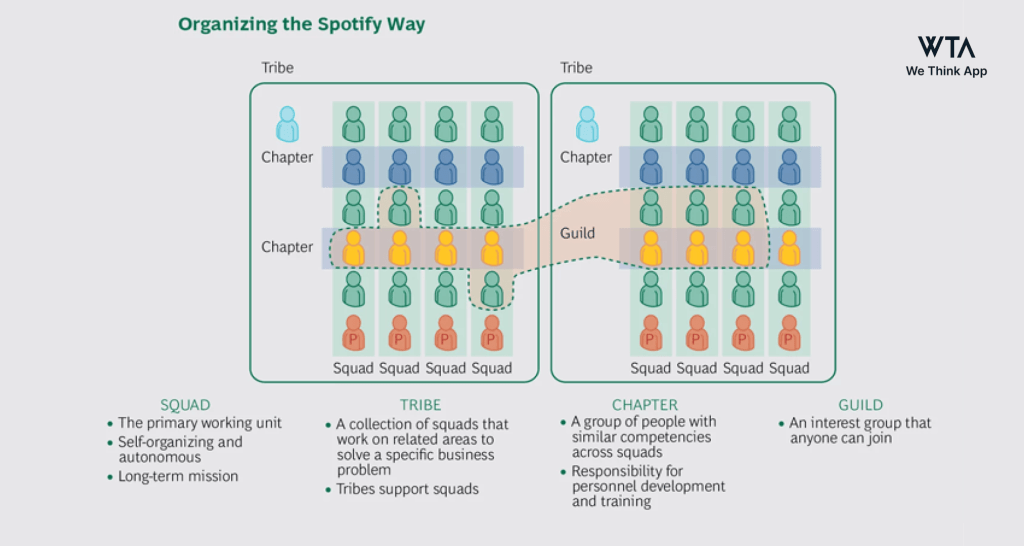
The Spotify model is an agile development framework that was developed by the Swedish music streaming company, Spotify. It is a flexible approach to software development that emphasizes collaboration, continuous improvement, and autonomy for development teams. Here are some ways that the Spotify model can be integrated into We Think App’s projects:
- Forming Squads: The Spotify model’s emphasis on forming small, cross-functional teams called “squads” aligns well with the Agile principle of valuing individuals and interactions over processes and tools. We Think App could organize its development teams into squads that are autonomous and self-organizing, with the freedom to make decisions and execute on their own priorities.
- Emphasizing Continuous Improvement: The Spotify model’s focus on continuous improvement aligns with the Agile principle of embracing change. We Think App could incorporate regular feedback and iteration into its development process, allowing the team to experiment and learn from their mistakes to improve quality and speed.
- Encouraging Communication and Collaboration: The Spotify model’s emphasis on communication and collaboration can be applied throughout We Think App’s development process. The team could hold regular stand-up meetings, sprint reviews, and retrospectives to ensure that everyone is aligned and working towards a common goal.
- Establishing Chapters and Guilds: The chapter and guild structure within the Spotify model can be integrated into We Think App’s development teams to provide support and mentorship throughout the SDLC. Chapters could provide guidance and feedback during specific phases of development, while guilds could share best practices and tools across the entire team.
By integrating the Spotify model into its projects, We Think App can improve efficiency, speed, and quality while fostering a culture of innovation and continuous improvement.
Benefits of Software Development Life Cycle [SDLC] in 2023
The Software Development Life Cycle (SDLC) has many benefits for organizations looking to develop high-quality software products. Some of the key benefits of SDLC include:
- Reduced Risks
- Enhanced Collaboration
- Increased Efficiency
- Scalability.
- Optimal User Experience
Conclusion:
In conclusion, the Software Development Life Cycle (SDLC) is a structured approach to software development that ensures the successful delivery of high-quality software products. By following this process organizations can minimize risks, reduce costs, and ensure that the software meets the needs of clients and end-users. The SDLC process involves various stages, including planning, analysis, design, development, testing, deployment, and maintenance.
To achieve these goals, organizations must prioritize security, collaboration, and communication throughout the SDLC process. By integrating SDLC practices into their development approach, organizations can build software that meets the needs of clients and end-users and provides a competitive advantage in today’s rapidly evolving digital landscape.


